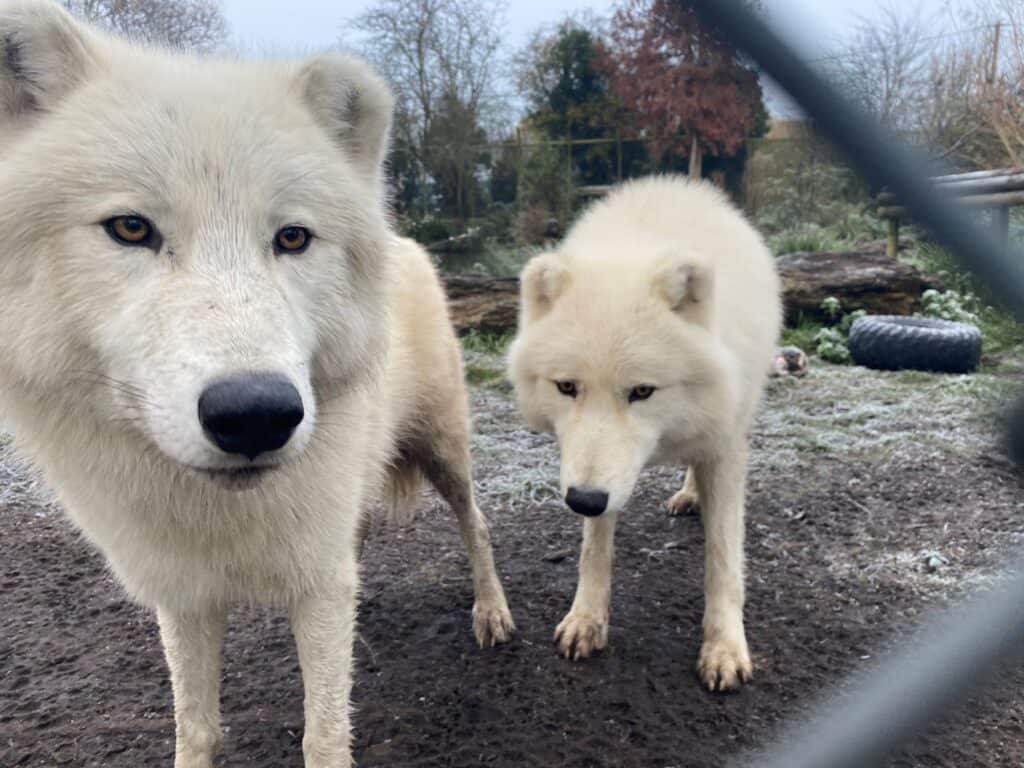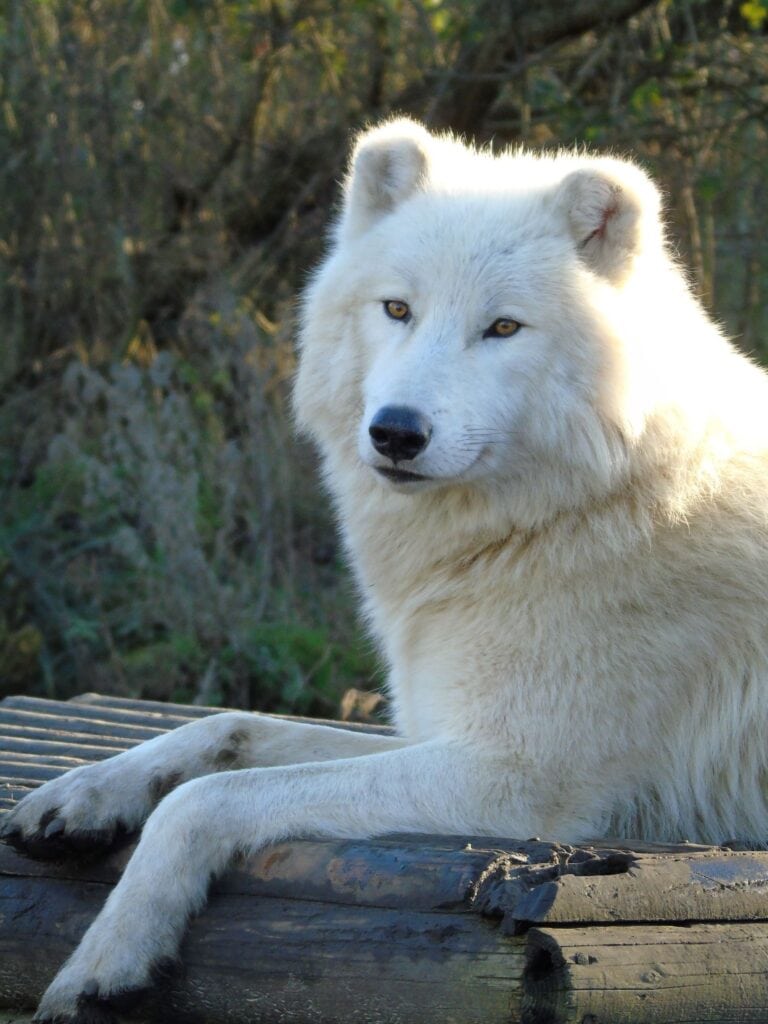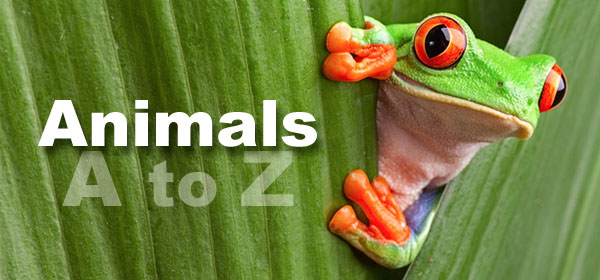As temperatures are dropping low at the moment I’d like to talk about our kings of keeping warm in the cold – the Arctic wolves!
Arctic wolves or Polar wolves live in the arctic region of North America and Greenland. Here the climate is extremely harsh with temperatures rarely rising above -30 degrees Celsius and several months of darkness. Arctic wolves have made this climate home due to their amazing adaptations for survival.
Adaptations
First and most obvious on these boys is their beautiful white coat. This fur is essential for insulation and camouflage in the snow, helping them to retain that precious body heat. Their fur has two layers of dense undercoat and long guard hairs. They also have a layer of fat beneath the skin for extra warmth.
Their paws also have thick fur and they are capable of increasing the blood flow to their paws which allows the feet to remain above freezing level and not become numb with frostbite as our fingers would! The arctic wolf has smaller extremities than their cousins, the Grey wolf, with shorter muzzles, ears and legs, this means they remain closer to their warm chest and stomach to retain body heat.
Once wolves have found a comfortable den to use, they will often re-use it for generations, as digging a new one wastes vital energy. They usually have dens in strong rock caves and boulders that are sturdy and last for many years.
In the harsh climate they call home, resources can become scarce which means they need to travel far to search for food, Arctic wolves have great resilience and can endure long distance travel. They also work as a pack to increase the chance of a feed, with the dominant male and female leading the hunt and subordinate members searching many miles for a meal, once found the pack forms again to take down larger prey.
They also adapt to the resources available by having a varied diet from large animals like musk-oxen and caribou to smaller prey like lemmings, arctic hares and small birds. Their keen eyesight, sense of smell, intelligence and teamwork has lead to their success in such a harsh territory.
Shadow and Ghost

Here at the park we have two Arctic wolves; 5 year old brothers, Shadow and Ghost. These boys are quite difficult to tell apart but they have very different characteristics. Shadow is the more confident of the two and is always first to investigate anything new. Whereas Ghost will hang back and is more cautious. Arctic wolves are naturally cautious and in the wild would rather avoid humans.
Training
If you happen to wander past the enclosure at 10:30 you’ll see us tong feeding the wolves at the mesh, we do this every day to get a good look at them as part of our daily health check. Shadow has taken the lead with this is often only he who takes part, however Ghost is not far behind and has begun to come much closer than before, so hopefully with persistence, he too will join.
Threats
There are few threats to the Arctic wolf due to not coming into contact with humans much which leaves them vastly undisturbed with a stable population. They are currently listed as Least Concern on the IUCN Redlist. However, with increased industrialization, pipelines, railways and infrastructure fragmenting the region, this could lead to the wolves having to travel further to hunt for food and also increased conflict with rival wolf packs over territories.



